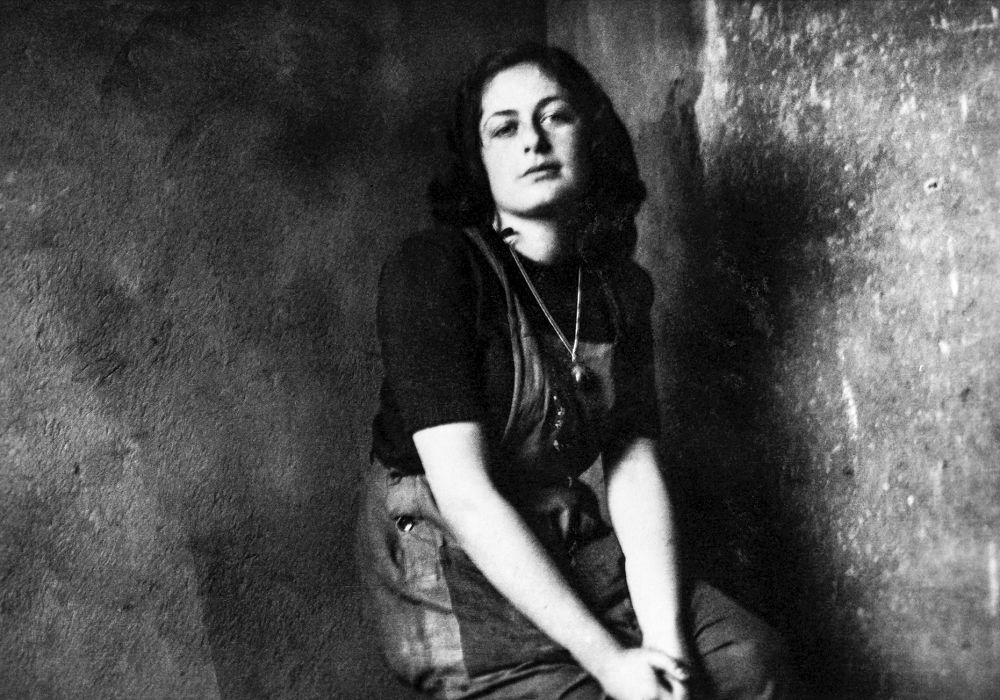The exhibition consists of large-format reproductions of the original photographs that are more than just a cold documentary record by can in many cases be considered to be works of art in their own right. They are a voyeur-like record of “ordinary” life in the ghetto: work, mass accommodations, and anxious waiting for what will come next. Several intimate portraits that are a part of the album reflect people’s uncertainties and perhaps even their visions of a sad fate. In recent years, some of the individual stories of the photographs’ subjects have been successfully discovered. And – here more than anywhere else – every story is important.
Album G.T.
Many decades after the end of the Second World War, a small album of photographs was found in the estate of the well-known journalist and radio reporter Milan Weiner. It quickly became clear that this was an extraordinary find, for the album’s roughly fifty images depicted life in the Terezín Ghetto, where Weiner had been imprisoned. Naturally, it was forbidden to take photographs in the ghetto, nor was there anything to take them with. No other photographs taken of this place during the war are known to have survived. How and for whom the photographs were made remains a mystery, but there is no doubt that the photographer risked his life taking them.


